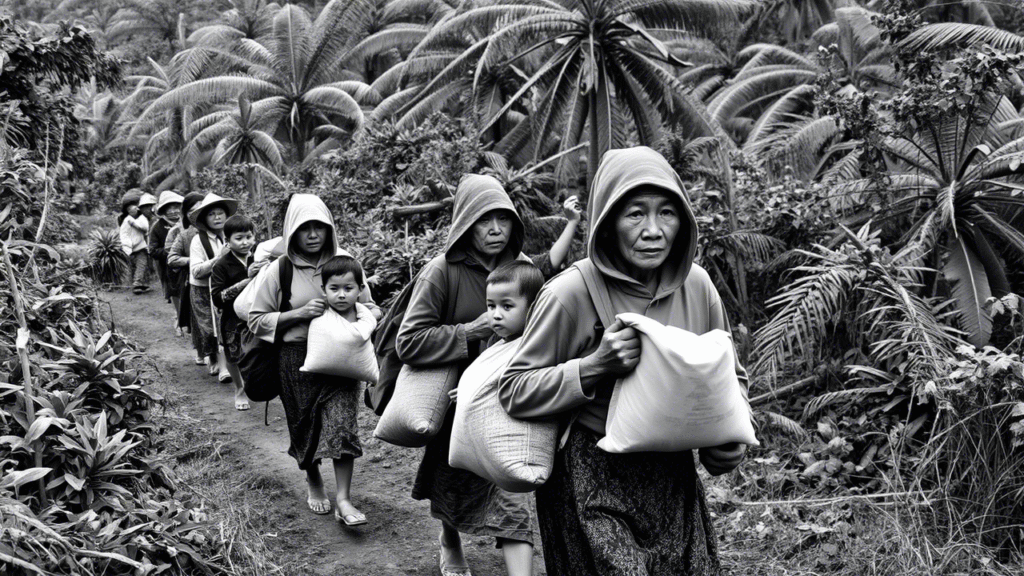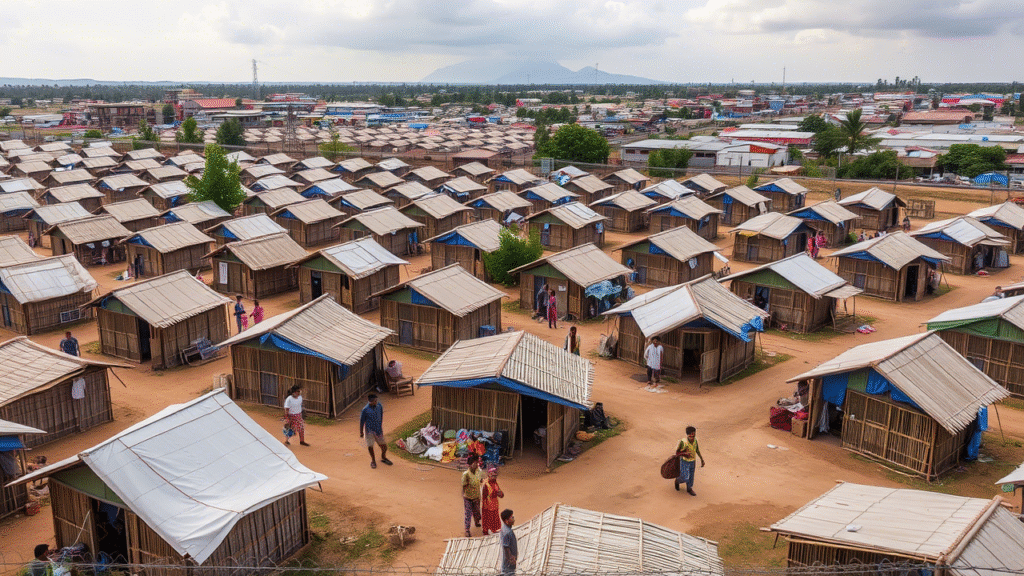Escape from Laos to Thailand – The journey from Laos to Thailand is one of survival, sacrifice, and resilience. For many Hmong people, including my family, it was a desperate escape from persecution after the Vietnam War and the rise of the communist Pathet Lao regime. This is my story—one of fear, loss, and ultimately, hope.
At just five years old, I held my father’s hand as we fled through the jungle, not knowing if we would live or die. The memories are fragmented, but the terror remains vivid. Gunfire echoed around us, and in the chaos, my grandmother and two aunts were captured and executed.
This is the untold story of how my family crossed the Mekong River under the cover of darkness, survived the brutality of Thai refugee camps, and eventually found freedom in America.
The Fall of Laos and the Hmong Exodus
After the U.S. withdrew from Vietnam in 1975, the Pathet Lao communist regime took control of Laos. The Hmong, who had fought alongside American forces, were labeled as traitors and hunted down. Villages were bombed, families were separated, and thousands fled into the jungles.
My family was among those who had no choice but to escape. Staying meant execution or forced labor camps. The only hope was crossing the Mekong River into Thailand—a journey fraught with danger.

The Night We Crossed the Mekong River
One of my earliest memories is of that moonless night when we reached the Mekong. The river was wide, its currents strong, and Lao soldiers patrolled the banks. We had no boat—just a makeshift bamboo raft.
My uncle stripped down to his shorts, tied a rope around his waist, and jumped into the water. He held onto the raft as the rest of us—my mother, other women, and children—clung silently to the floating bamboo.
Every splash felt like a gunshot. If the soldiers heard us, they would shoot on sight. I remember my mother’s hand covering my mouth, her whispered plea: “Don’t make a sound.”
When we reached the other side, we thought we were safe. But Thailand was not the sanctuary we hoped for.

Ban Vinai Refugee Camp: A Place of Suffering and Secrets
We were sent to Ban Vinai Refugee Camp, one of the largest Hmong refugee camps in Thailand. What was supposed to be a temporary shelter became a prison.
Thai authorities were ruthless. Men were beaten for minor infractions. Women lived in fear of rape—a dark secret many still don’t speak about. I remember seeing a lifeless body covered with an old blanket near the fence. No one dared to ask questions.
Life in the camp was a struggle. Food was scarce, diseases spread quickly, and hope faded with each passing year. Yet, amid the suffering, our community held on.

The Long Wait for Freedom
We stayed in Ban Vinai for eight years before being granted asylum in the U.S. in 1988. The journey didn’t end in Thailand—it was just the beginning of a new chapter.
Many Hmong refugees resettled in America, but the scars of war and escape never fully healed. My family carried the weight of those we lost—my grandmother, aunts, and countless others who never made it across the Mekong.
Why This Story Matters Today
The escape from Laos to Thailand is more than history—it’s a testament to human resilience. Thousands of Hmong refugees risked everything for freedom, and their stories deserve to be told.
If you want to learn more about this dark chapter in history, here are some resources:
- The Hmong American Experience (Outbound Link)
- UNHCR Report on Southeast Asian Refugees (Outbound Link)
- Oral Histories of Ban Vinai Survivors (Outbound Link)
Conclusion
My escape from Laos to Thailand shaped who I am today. It’s a story of loss, survival, and the unbreakable will to live. If you have family who fled Laos, share their stories. Keep the history alive.
And if you’re researching this topic, remember—behind every statistic is a real person who endured unimaginable pain to find freedom.